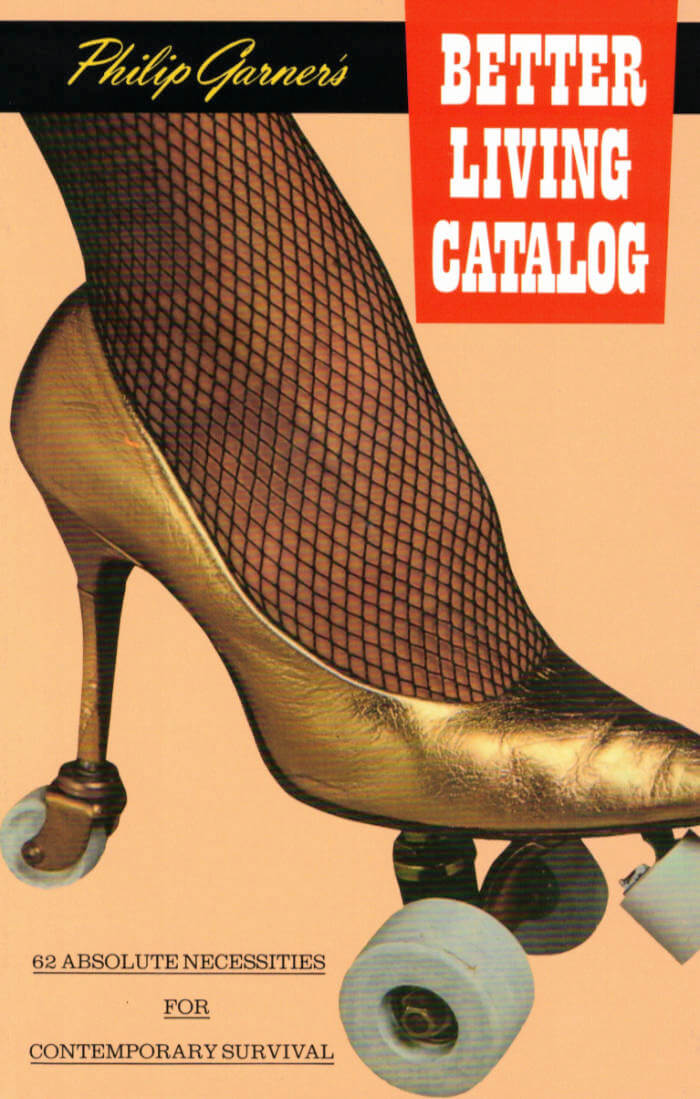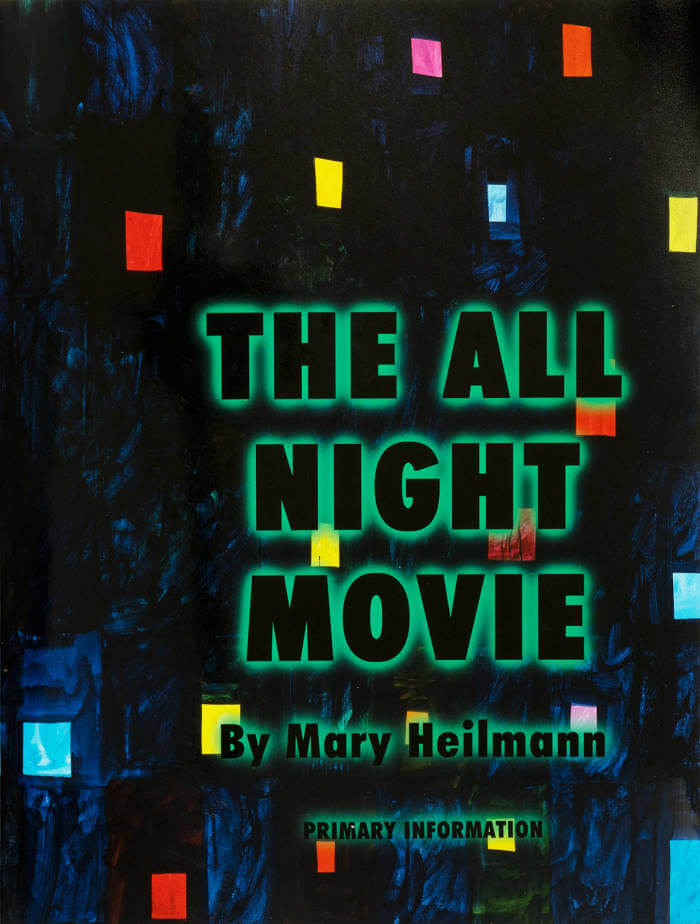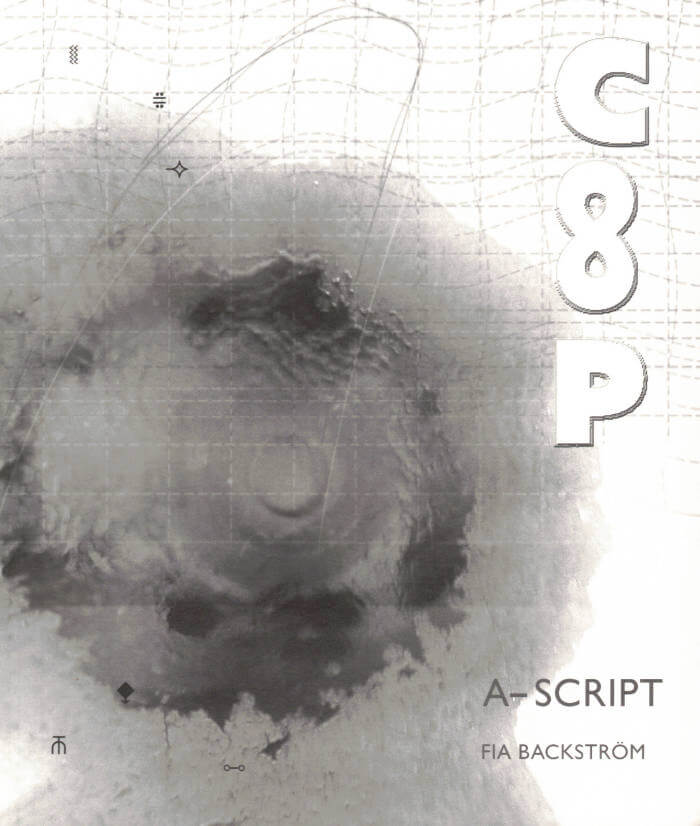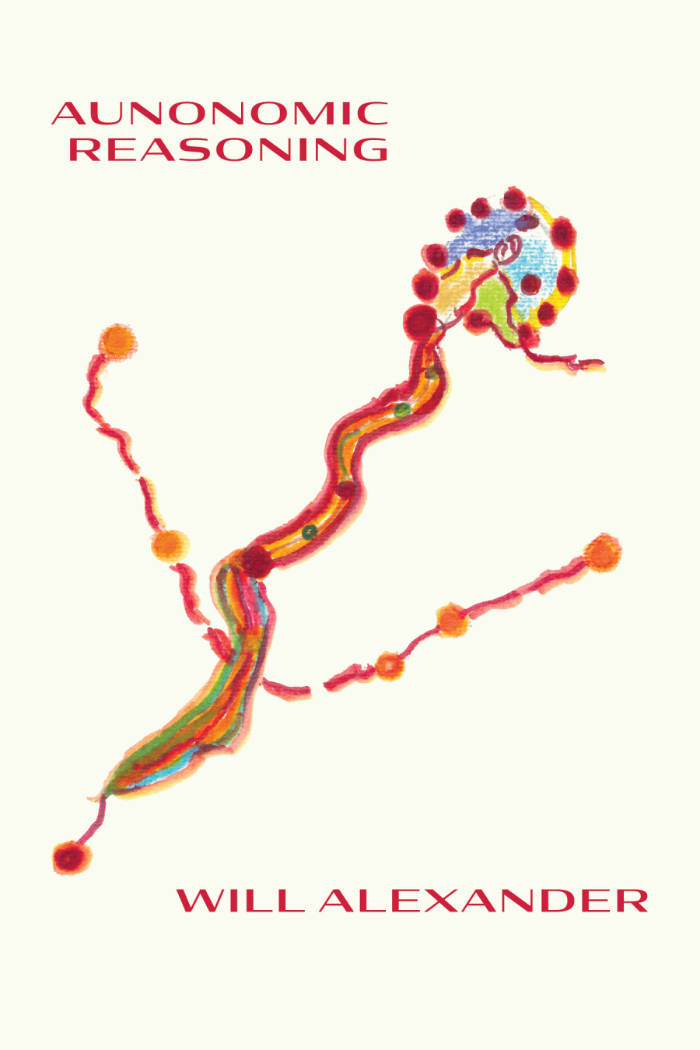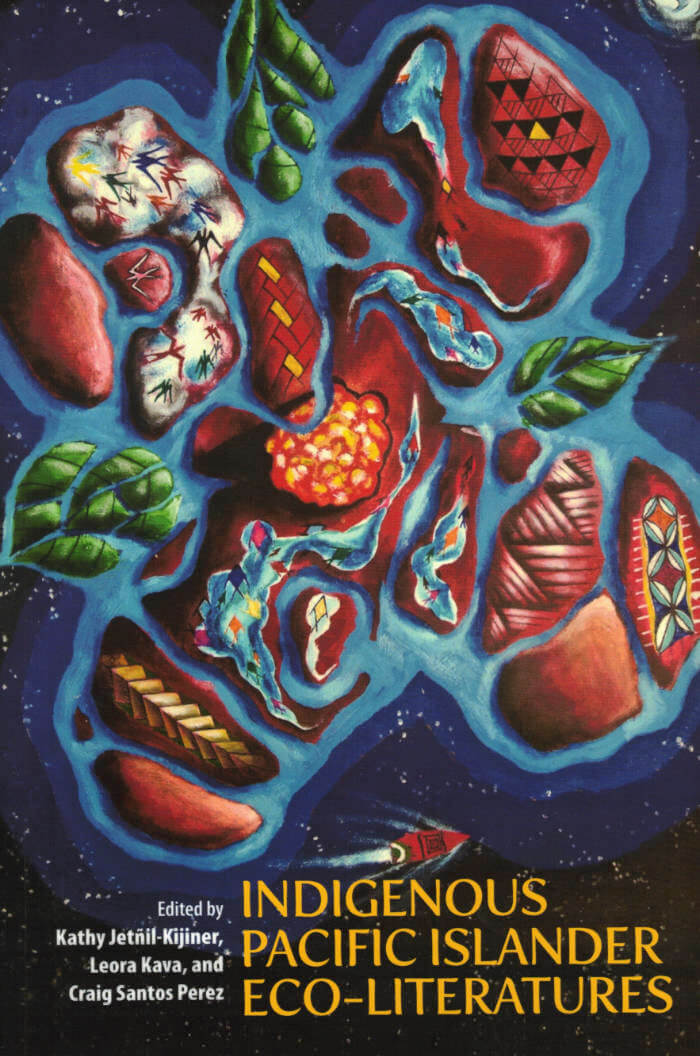Pippa Garner’s Better Living Catalog, originally published in 1982, takes the form of a mail order catalog featuring clever and whimsical inventions that parody consumer goods while simultaneously critiquing America’s obsession with ingenuity, efficiency, leisure, and comfort. These works, which were made as prototypes and photographed for the publication, take the form of improbable accessories, clothing, footwear, home appliances, and office gadgets.
For example, the “Reactiononometer,” a portable wristband, instantly measures social success, while the “Digital Diet Loafers” display the wearer’s weight with every step. If the “Munch-o-Matic” reduces deskwork interruptions by flinging a snack right into the user’s mouth, other items promise financial solvency (the controlled cash flow “Autowallet”), sustainable waste management, or mess-free companionship (the “Pet-a-Vision” TV console). The artist asserts that all of the products in the book are “absolute necessities for contemporary survival.”
The Better Living Catalog was a pop hit when it was published, earning Garner spots on nighttime TV talk shows and attention from magazines like Vogue and Rolling Stone. In a meme-filled culture, the works still resonate today, finding their analog in widely-circulating consumer products, and—in the case of the “High Heel Skates”—even appearing unattributed in the runway collection of a major luxury fashion brand.
A few years after the Better Living Catalog was published, Garner began her gender transition, which she has characterized as an artistic project that draws conceptual parallels to the altered consumer goods she has continued to create since the 1970s. The artist’s practice has always been about hacking—gender hacking, she stated, was “an excellent premise for maverick conceptual art and diametrically opposed to anything I’d ever done.”
Many of the prototypes Garner created for the publication were repurposed or recycled, making this previously rare gem of an artist book one of the artist’s few works to now be widely available.
Born in 1942 in Evanston, Illinois, Pippa Garner (formerly known as Philip Garner) began her practice in the late sixties as a member of the highly regarded Transportation Design department at ArtCenter, California, with plans to become a car stylist, and was drafted to Vietnam to serve as a combat illustrator. In the mid-80s, Garner began her gender transition, which she considers a conceptual artwork, marking an extension of her practice from twenty years of altering cars, garments, and consumer products to using her own body as raw material. Garner appeared on the Tonight Show Starring Johnny Carson and other talk shows, showcasing her satirical consumer product inventions, and her artwork has been featured in Car & Driver, Rolling Stone, Arts & Architecture, and Vogue, among other publications. In the 1980s, her performance, design, and video work was exhibited in institutions including the Los Angeles Institute of Contemporary Art; Whitney Museum of American Art; and Museum of Contemporary Art, Los Angeles; since 2015, she has had exhibitions at STARS, O-Town House, Redling Fine Art, and Parker gallery in Los Angeles; Jeffrey Stark in New York; JOAN, Los Angeles; Kunstverein München; 49 Nord 6 Est – Frac Lorraine, Metz; Kunsthalle Zurich; and Art Omi, Ghent, New York. She is the author of three other books: Utopia… or Bust! Products for the Perfect World (1984), Garner’s Gizmos & Gadgets (1987), and the zine Beauty 2000 (1992/2021).

